Description
| Species | Clitocybe nuda |
| Difficulty ℹ️ | 🍄🍄🍄 |
| Spore Coloration | Pink |
| Ecology | Saprotrophic |
| Edibility | Choice |
Clitocybe nuda, the Wood Blewit, grows in leaf litter in deciduous and mixed woodland and under hedgerows during autumn and winter, often fruiting well into December during mild weather. Wood Blewits are bluish… at least when they are young. The caps, gills and stems are actually more of a violet color, but the cap surface soon loses its blue or violet coloration and turns ochre or tan from the center; however, the gills and stem invariably retain some of their their violaceous coloring even when fully mature.
Perhaps surprisingly, Wood Blewits can be used to dye fabrics or paper a grass green color rather than lilac, purple or blue. To make a green dye the fungi are chopped up and then boiled in water in an iron cooking pot.
The wood blewit is found in Europe and North America and is becoming more common in Australia, where it appears to have been introduced. In Australia it has developed a relationship with some eucalyptus species and gorse; with an entirely different growth pattern and differs slightly in appearance to its European Lepista nuda cousins. It is commonly referred to as “the purple nudist mushroom”, a name coined by Australian Free Food Forager Ingrid Button in 2016.
Wood blewits are generally regarded as a good edible, but they are known to cause allergic reactions in sensitive individuals. This is particularly likely if the mushroom is consumed raw, though allergic reactions are known even from cooked blewits. It is therefore important to cook wood blewits before eating, as consumption of raw specimens could lead to indigestion. Wood blewits contain the sugar trehalose, which is edible for most people.
Blewits can be eaten as a cream sauce or sautéed in butter. They can also be cooked like tripe or as omelette filling, and also make good stewing mushrooms. They have a strong flavour, so they combine well with leeks or onions.
Wood blewits can be dried, or can be preserved in olive oil or white vinegar after blanching.
The wood blewit has been cultivated in Britain, the Netherlands and France.[page needed] Cultivated wood blewits are said not to taste as good as wild wood blewits.
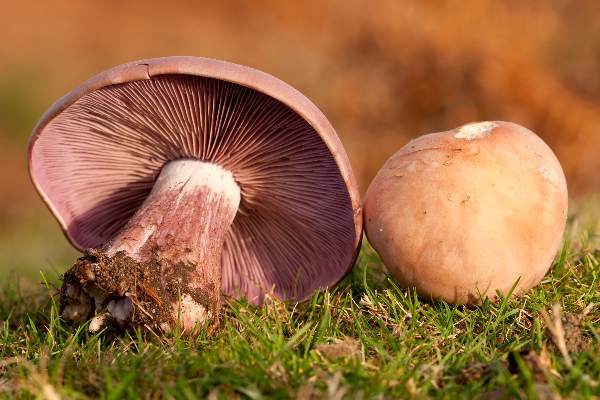
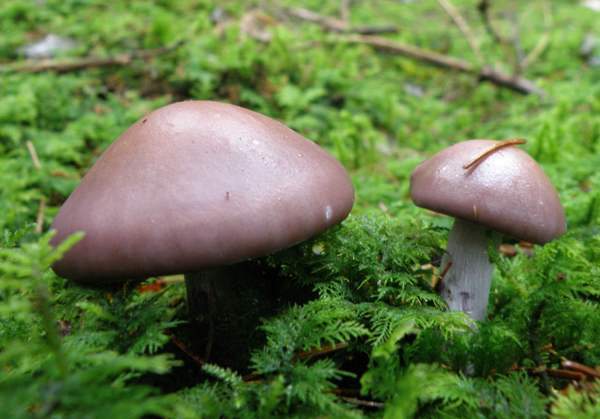
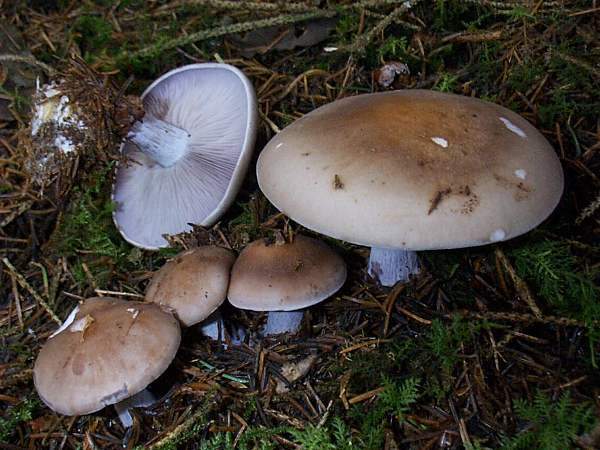
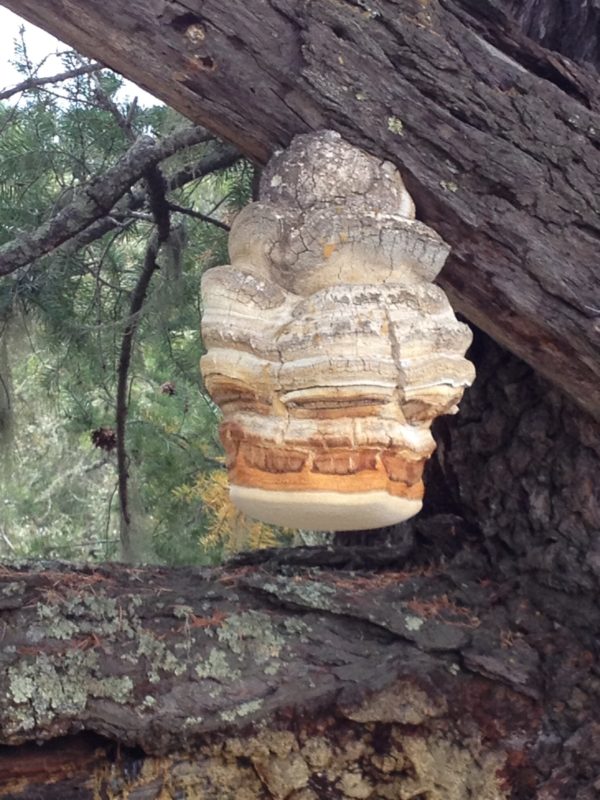
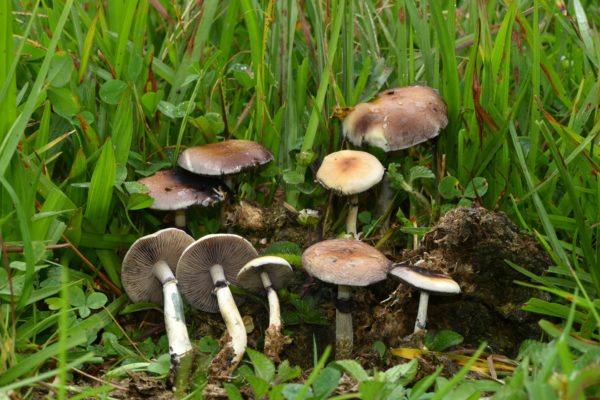

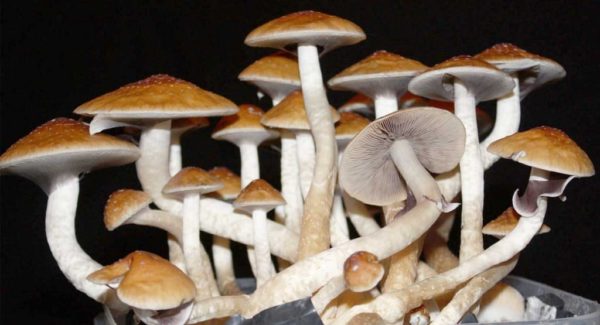
Reviews
There are no reviews yet.